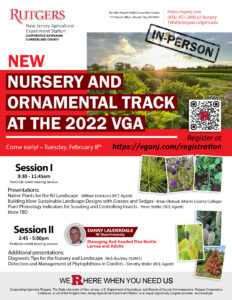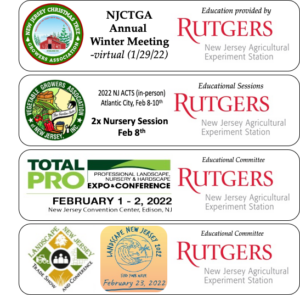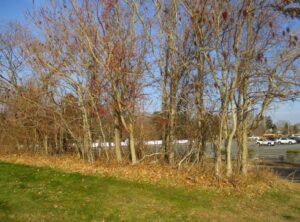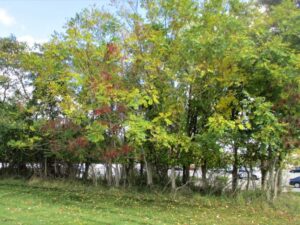Please join us on Tuesday 2/8 – for a full day of nursery and ornamental educational sessions
NJ Agricultural Convention and Tradeshow – Nursery and Ornamental Sessions (Atlantic City – in-person) This upcoming Tuesday
- See here for a full list of speakers and here to register
- Speaker highlight – If you have issues with Red-headed flea beetle you don’t want to miss our guest speaker Danny Lauderdale (NC State), he will be discussing control options for adults and larvae. We are EXTREMELY lucky to have this opportunity – Don’t miss this, he basically wrote the book on this pest.
- Pesticide credits requested










